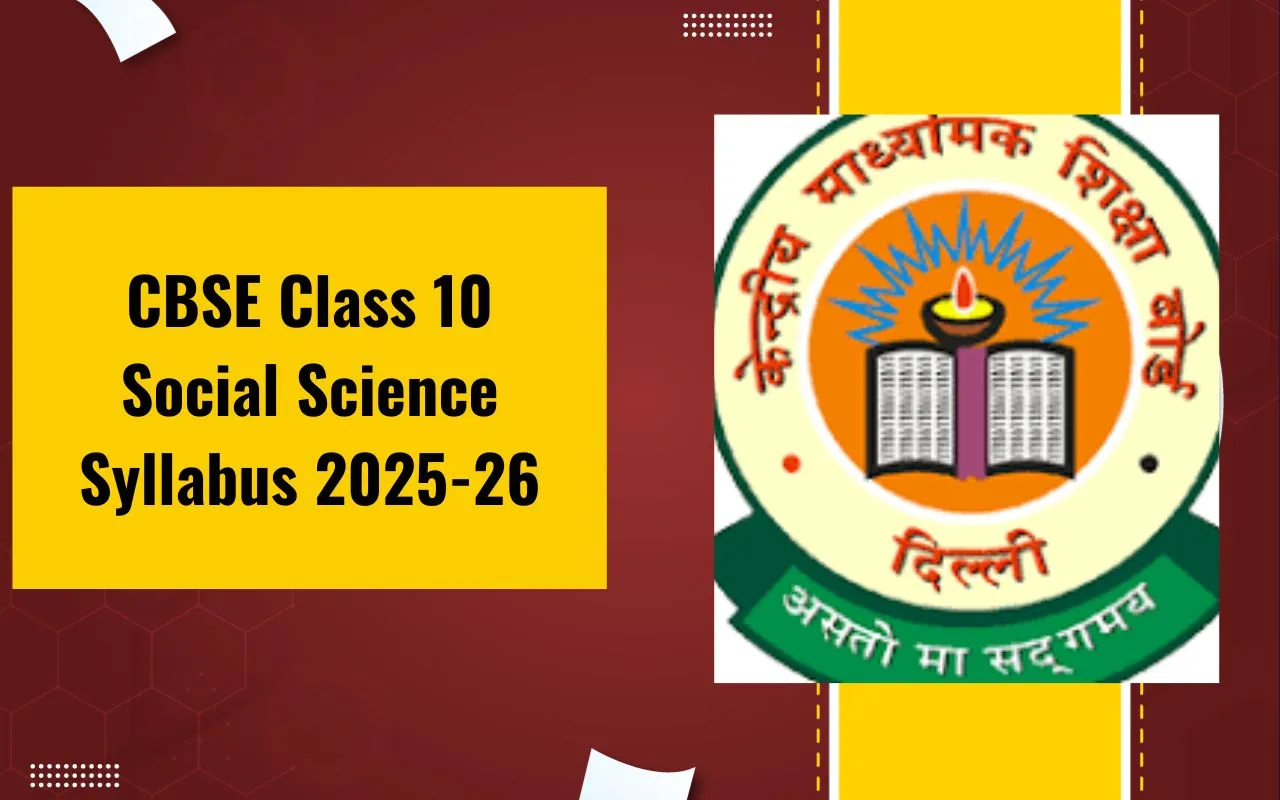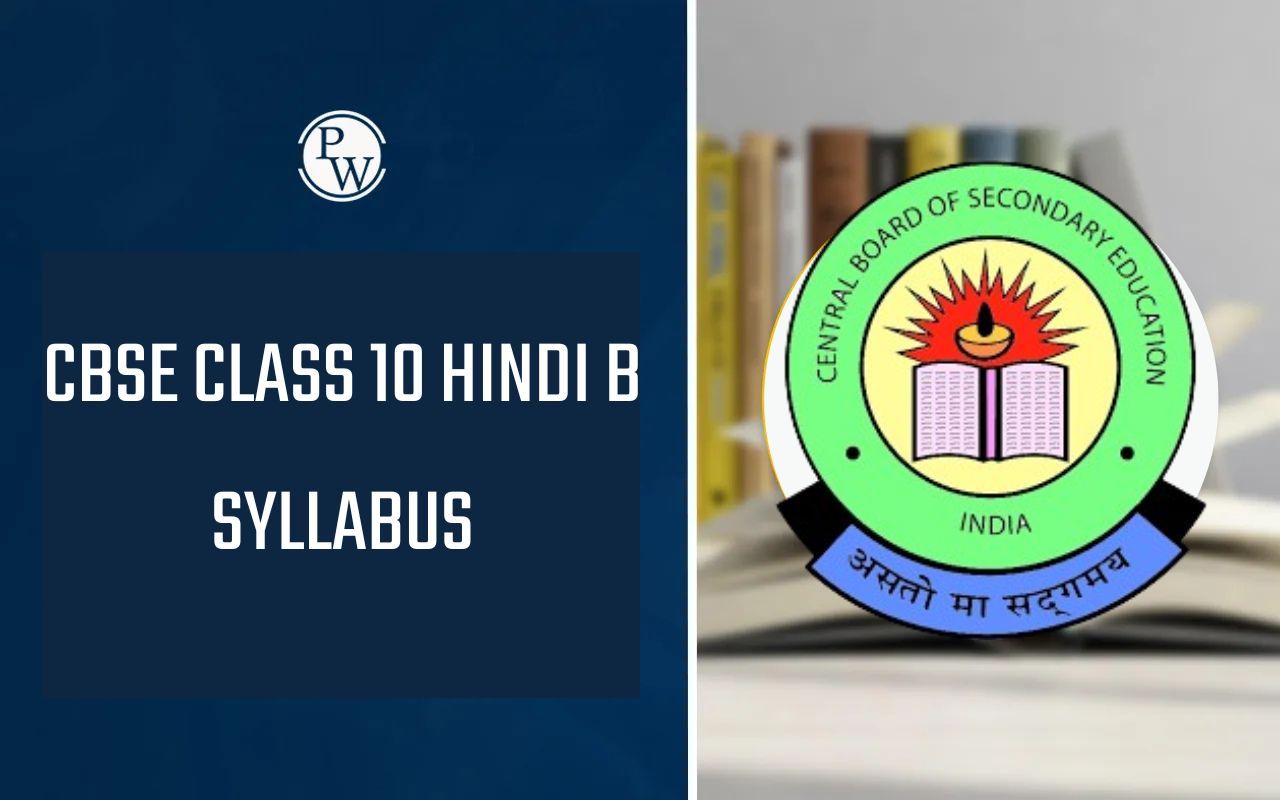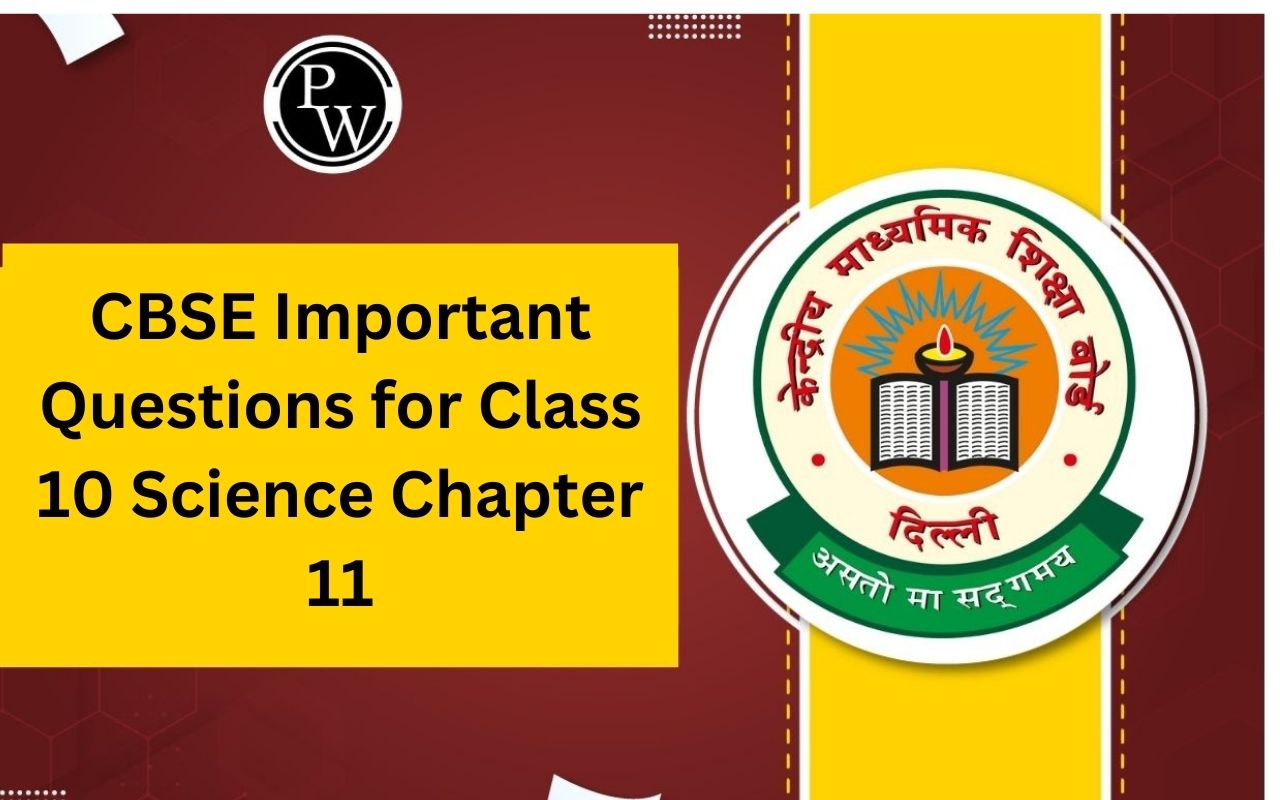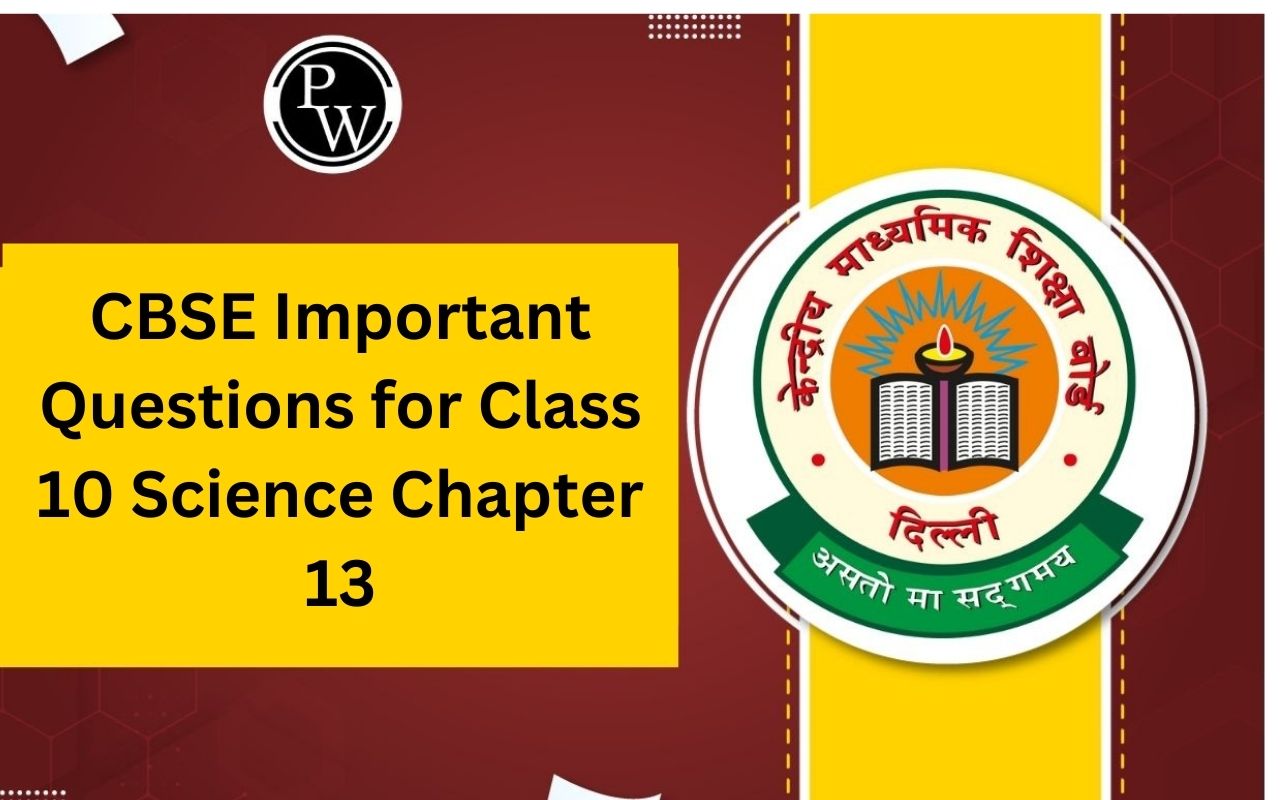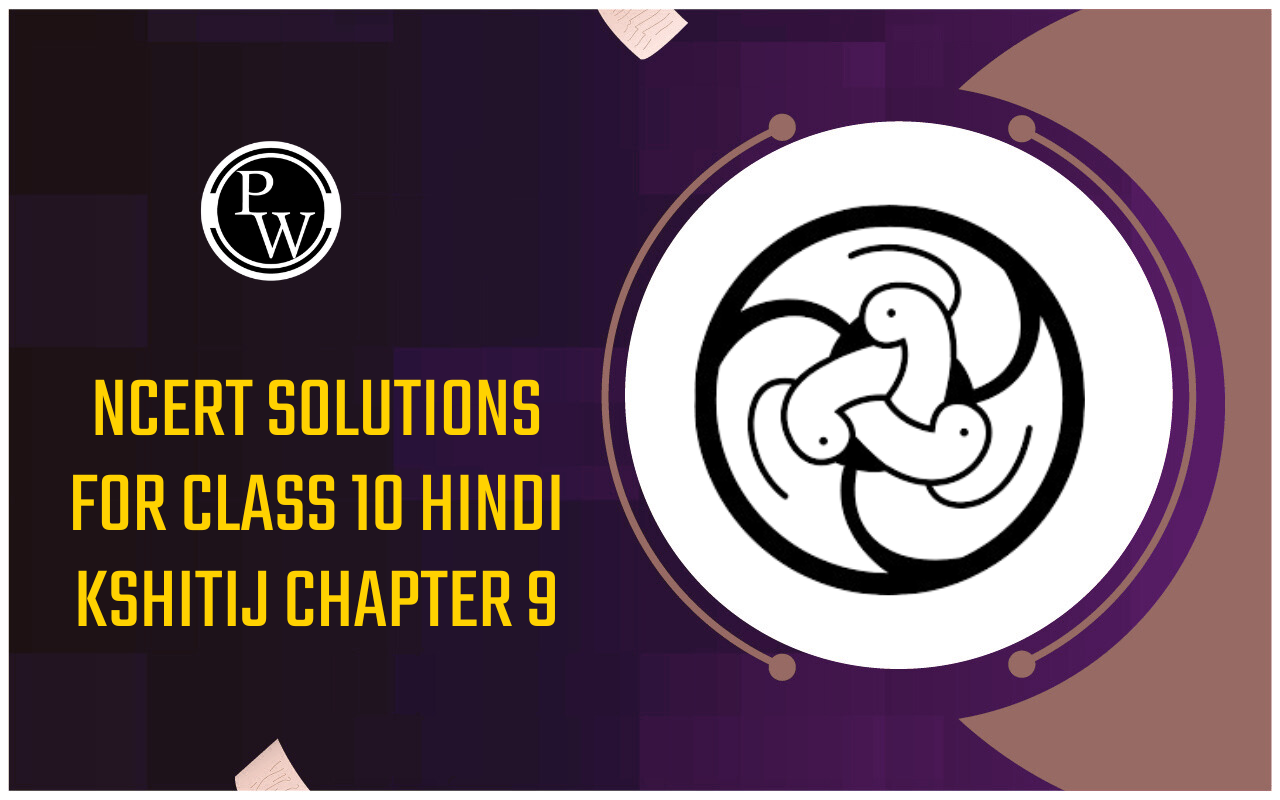
Present Continuous Tense: The world of English grammar, where we will explore a special way of talking about things happening right now - the Present Continuous Tense. This article is here to make it easy for you to understand this unique way of expressing actions in progress or temporary situations. Imagine it as taking a snapshot of what's happening at this very moment. So, if you're curious about how to use "am," "is," or "are" with verbs ending in -ing. In this article we are covering what is present continuous tense ,definition, structure, rule and examples.
What is Present Continuous Tense
The Present Continuous Tense is a way of talking about things that are happening right now or are in progress at the moment of speaking. It's also used to describe temporary actions or situations.
You can form the Present Continuous Tense by using the verb "to be" (am, is, are) with the present participle (the -ing form) of the main verb. For example:
I am eating lunch. (This means I am eating lunch right now.)
They are studying for their exams. (They are in the process of studying for their exams.)
So, the key is to use "am," "is," or "are" with the -ing form of the verb to talk about actions or situations happening in the present.
Definition of Present Continuous Tense
The Present Continuous Tense is a way of talking about things that are happening right now or are in progress at the moment you're talking. It's like taking a snapshot of an action that is occurring at this very instant. For example, instead of saying "I eat lunch," you say "I am eating lunch," emphasising that you're doing it right at this moment. It's the tense we use for ongoing actions or temporary situations in the present.
Structure of the Present Continuous Tense
Below is the present continuous tense follows a single formula:
Subject + am/is/are + present participle (verb+ing) + the rest of the sentence.
However, there's an additional aspect to consider. It's essential to grasp how sentences using the present continuous tense vary when expressed positively, negatively, in interrogative forms, and in negative interrogative forms.
Refer to the table below for a more comprehensive insight into the structure of the present continuous tense:
| Structure of the Present Continuous Tense | |||
| Positive | Negative | Interrogative | Negative Interrogative |
| Subject + am/is/are + present participle (verb+ing) + the rest of the sentence | Subject + am/is/are + not + present participle (verb+ing) + the rest of the sentence | Am/is/are + subject + present participle (verb+ing) + the rest of the sentence | Isn’t/aren’t + subject + present participle (verb+ing) + the rest of the sentence (Or) Am/is/are + subject + not + present participle (verb+ing) + the rest of the sentence |
Examples:
|
Examples:
|
Examples:
|
Examples:
|
Rule for Using the Present Continuous Tense
Below are some rules for present continuous tense.
Formation
- Use the present tense of the verb "to be" (am, is, are).
- Add the present participle (verb+ing) of the main action verb.
Affirmative (Positive) Sentences
- Subject + am/is/are + present participle + rest of the sentence.
Example: "I am reading a book."
Negative Sentences
- Subject + am not/is not/are not + present participle + rest of the sentence.
Example: "She is not playing outside."
Interrogative (Question) Sentences
- Am/Is/Are + subject + present participle + rest of the sentence?
Example: "Are you watching TV?"
Negative Interrogative Sentences
- Am/Is/Are + subject + not + present participle + rest of the sentence?
Example: "Aren't they coming to the party?"
Use for Actions Happening Now
- Use the Present Continuous to talk about actions happening right now.
Example: "They are eating dinner."
Temporary Actions or Situations
- Use it for temporary actions or situations, not permanent states.
Example: "He is working on a project."
Time Expressions
- Often used with time expressions like "now," "at the moment," or "currently."
Example: "I am studying now."
Present Continuous Tense Examples
Here are examples of sentences in Positive, Negative, Interrogative, and Negative Interrogative forms of the Present Continuous Tense.
- I am eating a delicious sandwich.
- They are playing soccer in the park.
- She is reading an interesting book.
- It is not raining outside.
- Are you working on your project?
- Is she cooking dinner tonight?
- Are they playing video games?
- Aren't you coming to the party?
- Isn't he attending the meeting?
- Aren't they finishing their homework?
- We are having a conversation.
- I am typing on the keyboard.
- They are working on a new project this week.
- He is exercising at the moment.
| Related Links | |
| Present Tense | Past Tense |
| Future Tense | Object Pronouns |
Present Continuous Tense FAQs
What is the Present Continuous Tense?
How do you form the Present Continuous Tense?
When do we use the Present Continuous Tense?
How does the structure change in negative sentences?
What about interrogative sentences?



